Enabling Technologies
Optical technologies have a long tradition in Hannover since the founding of the Laser Zentrum Hannover e.V. in 1986. Over the past decades, unique selling points have been developed here in the fields of thin-film, space and laser technologies, which today represent essential key elements for the QUEST-LFS.
In the "Enabling Technologies" research area, key technologies are developed that form the basis for all other basic research areas at QUEST-LFS. New optical materials and thin-film processes for laser components as well as micro- and nanostructures for investigating optical properties are researched here. Other topics include the production and characterization of integrated optical fibre components and the exploration of new high-power lasers for gravitational wave research. Ultra-narrowband lasers for precision metrology and innovative mode-locked comb generators are also being investigated. Space technologies are also being further expanded. The application of quantum computing has been added as the latest research area.
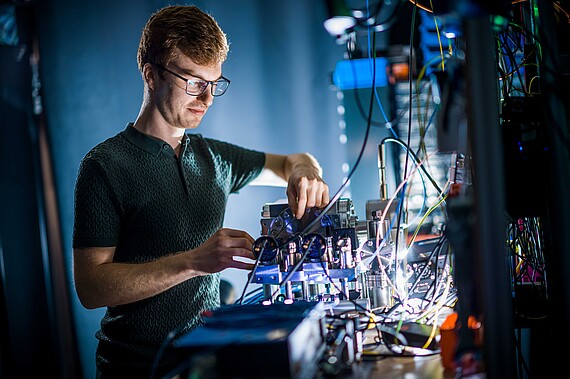
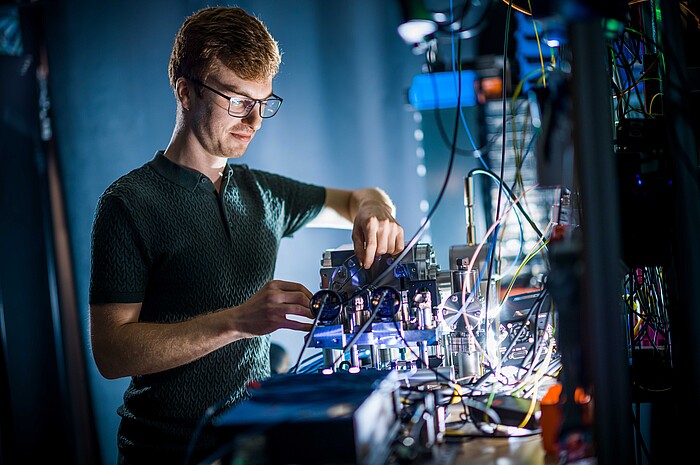
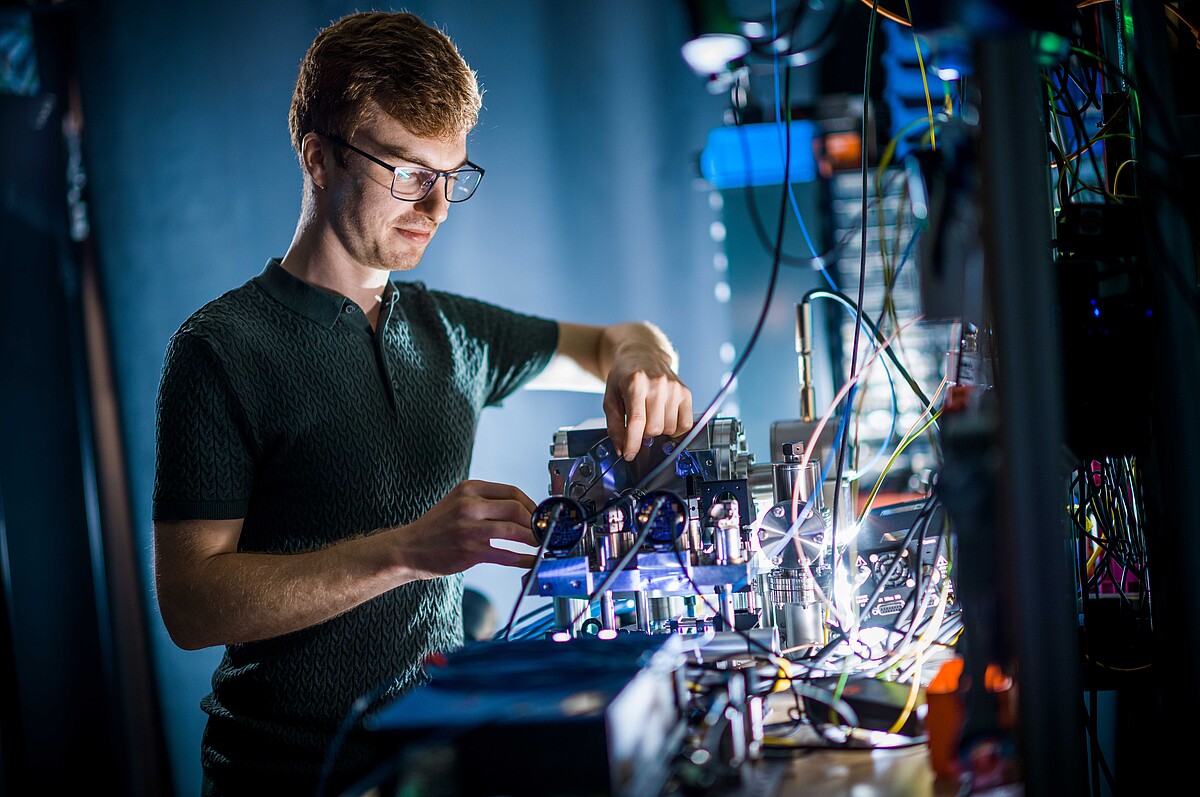 ©
Jan Hosan
©
Jan Hosan
Quantum Engineering
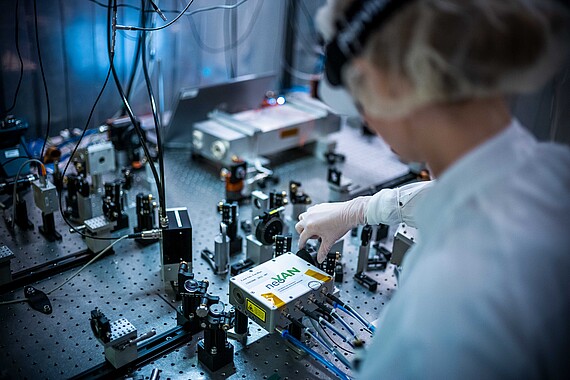
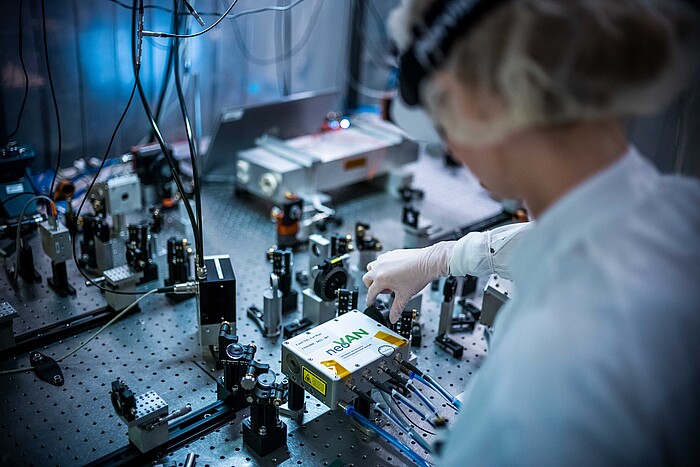
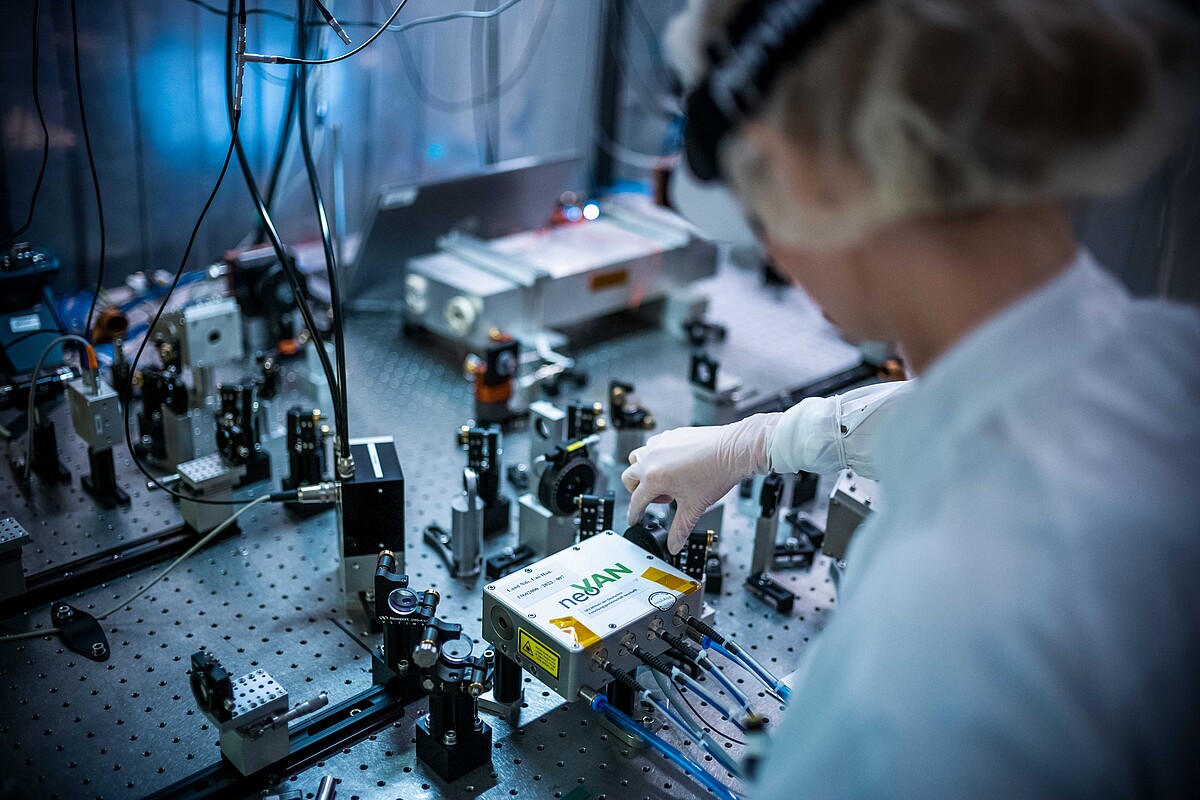 ©
Jan Hosan
©
Jan Hosan
The special properties of laser light form the basis of a broad range of modern experimental methods. It enables the targeted manipulation of atomic and molecular systems and precise measurements at the quantum level. Laser interferometers are used in high-precision measurement technology, for example to detect gravitational waves and in precision geodesy.
In the "Quantum Engineering" research area, experimental and theoretical methods from various disciplines are combined to develop new control mechanisms for quantum systems. The focus is on the combination of quantum systems of strongly correlated atoms and solids as well as the interaction of non-classical light fields with atomic ensembles. A particular attention is paid to research into entangled quantum states of light and solid test masses. The Quantum Engineering Master's degree program applies new findings in quantum technologies. The dense regional network opens all doors in the quantum world to students - be it for an academic career or a career in industry.
Quantum Sensors
The research area “Quantum Sensor Technology” merges two highly topical fields of research: Quantum engineering and space-time research. In experimental quantum metrology, research activities revolve around fundamental questions: Are the constants of nature really constant? How reliable are the predictions of physical theories?
Researchers in the field of gravitational wave detection are working on the launch of the LISA mission. Other research areas include the investigation of innovative optical readout techniques and detector topologies for interferometers. High-power laser studies are being carried out and alternative optical materials and dielectric optical coatings are being researched. Another focus is on the development and optimization of squeezed light. In addition, the requirements for the computer infrastructure for data analysis are being intensively investigated.


 ©
C. Ospelkaus
©
C. Ospelkaus
Space-Time Research
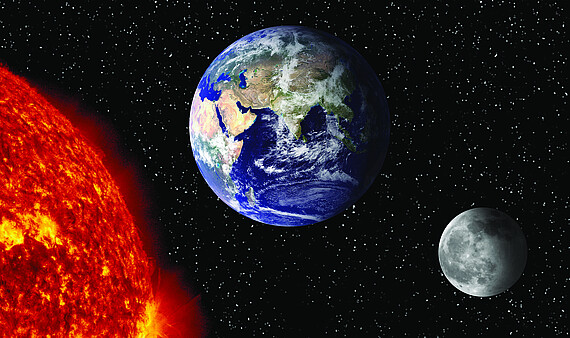
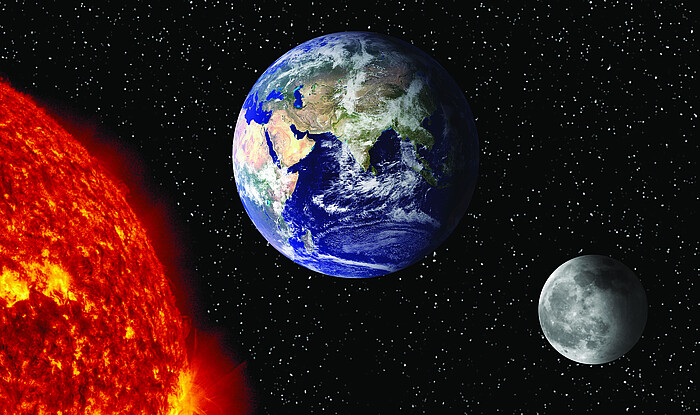
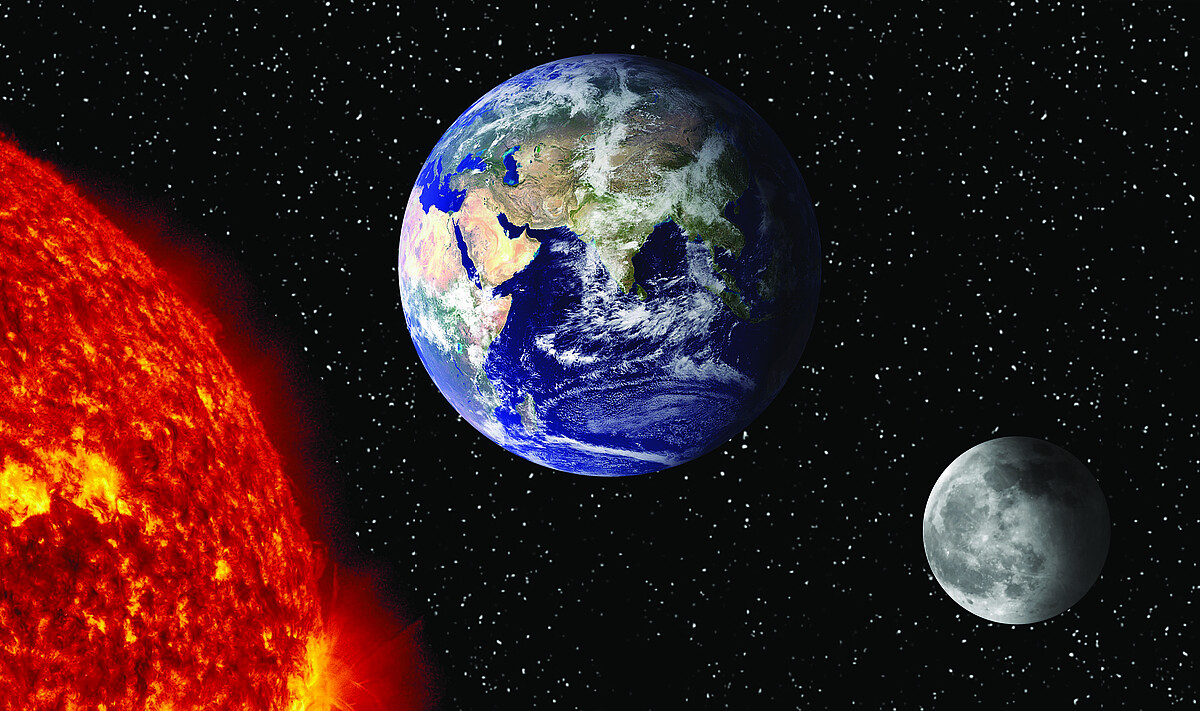 ©
NASA, J. Fälchle, Adobe educational license
©
NASA, J. Fälchle, Adobe educational license
Space-time research in QUEST covers a broad spectrum, from fundamental theories on the formation of space-time from microscopic building blocks to the development of geodetic technologies for a better understanding of the Earth system and its complex processes.
Einstein's general theory of relativity is verified by data from laser measurements on the moon. State-of-the-art interferometers and clocks, developed for gravitational wave astronomy, are to fly on satellites of future geodesy missions. Future gravitational field missions will test the equivalence principle and contribute to the improvement of satellite-based global navigation systems.


